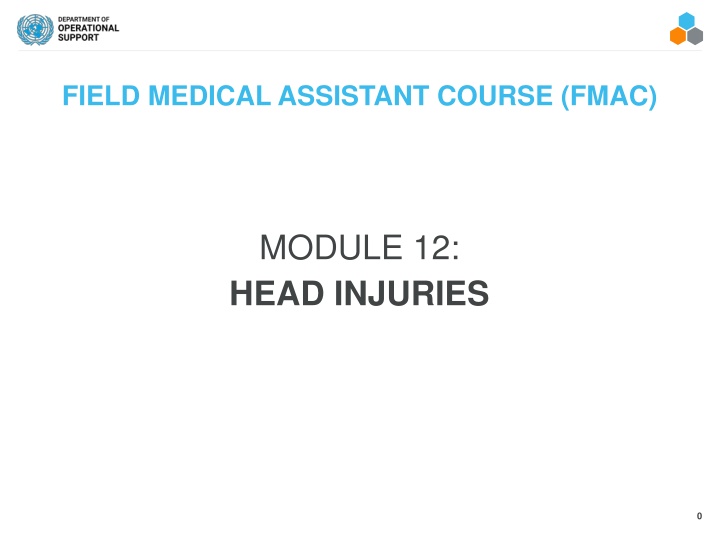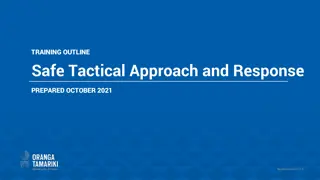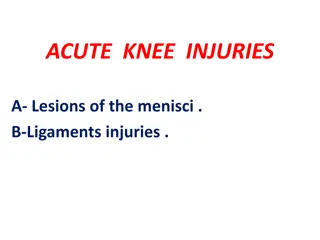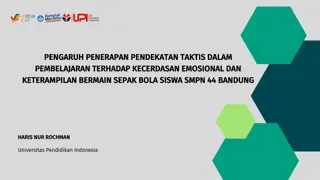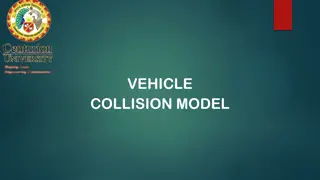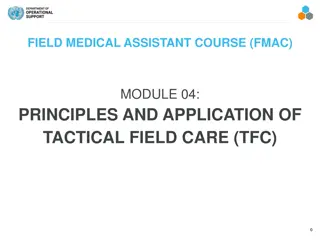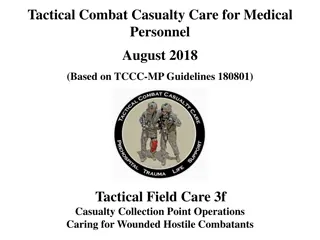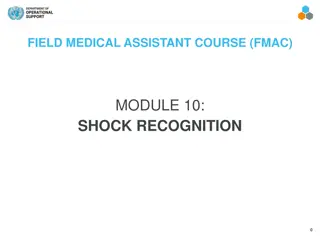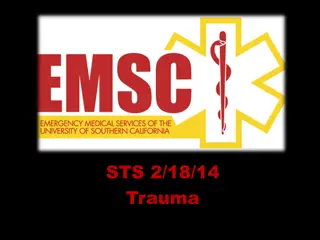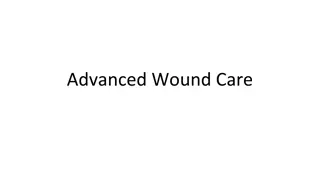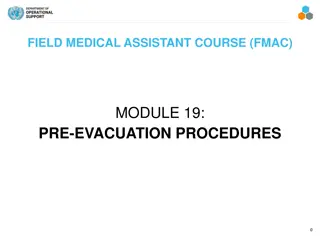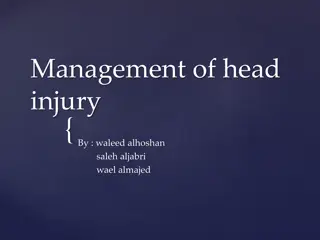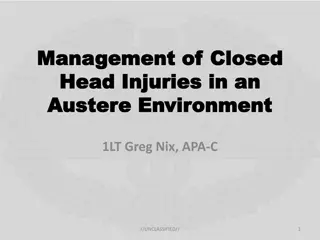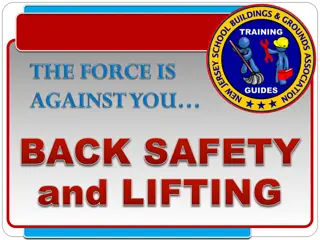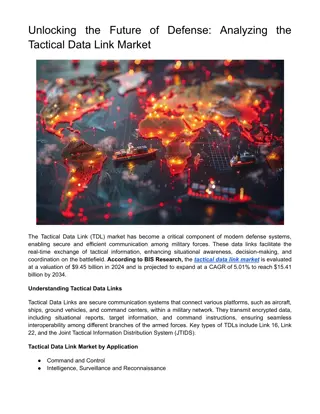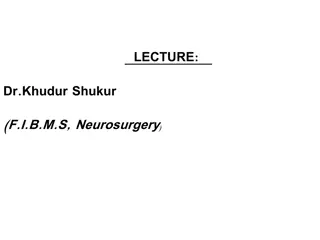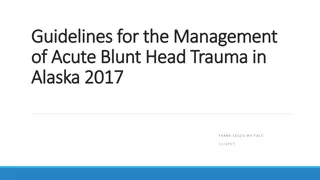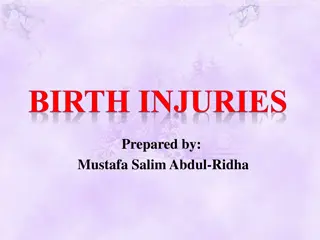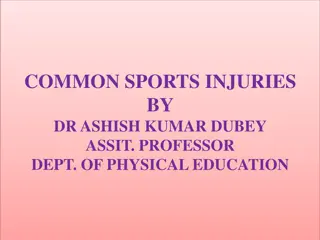Head Injuries in Tactical Field Care
Head injuries can result from various external forces and mechanisms, such as trauma to the scalp, skull, or brain. This course module delves into identifying, assessing, and managing head injuries in tactical field care settings, emphasizing the importance of quick decision-making and proper reporting to medical personnel.
Download Presentation

Please find below an Image/Link to download the presentation.
The content on the website is provided AS IS for your information and personal use only. It may not be sold, licensed, or shared on other websites without obtaining consent from the author.If you encounter any issues during the download, it is possible that the publisher has removed the file from their server.
You are allowed to download the files provided on this website for personal or commercial use, subject to the condition that they are used lawfully. All files are the property of their respective owners.
The content on the website is provided AS IS for your information and personal use only. It may not be sold, licensed, or shared on other websites without obtaining consent from the author.
E N D
Presentation Transcript
FIELD MEDICAL ASSISTANT COURSE (FMAC) MODULE 12: HEAD INJURIES 0
TACTICAL FIELD MEDICAL AID (TFMA) ROLE-BASED TRAINING SPECTRUM ROLE 1 CARE NONMEDICAL PERSONNEL Buddy First Aid Field Medical Assistant You are HERE MEDICAL PERSONNEL Paramedic Nurse Doctor 1
STUDENT LEARNING OBJECTIVES TERMINAL LEARNING OBJECTIVE T13 Identify a head injury in accordance with TFMA Guidelines EO68 Identify external forces that can cause a head injury EO69 Identify signs and symptoms of a head injury EO70 Identify the critical observations that should be reported to medical personnel for trauma casualties with a suspected head injury in accordance with the Military Acute Concussive Evaluation 2 (MACE 2). 2
Three PHASES of TFMA 1CARE UNDER FIRE 2TACTICAL FIELD CARE 3TACTICAL EVACUATION CARE RETURN FIRE AND TAKE COVER COVER AND CONCEALMENT Quick decision-making: Consider scene safety Identify and control life- threatening bleeding Move casualty to safety Basic Management Plan: Maintain tactical situational awareness Triage casualties as required MARCH PAWS assessment More deliberate assessment and treatment of unrecognized life- threatening injuries: Pre-evacuation procedures Continuation of documentation NOTE: This is covered in more advanced TFMA training! YOU ARE HERE 3
TACTICAL FIELD CARE MARCH PAWS DURING LIFE-THREATENING AFTER LIFE-THREATENING MASSIVE BLEEDING #1 Priority PAIN AIRWAY ANTIBIOTICS RESPIRATION WOUNDS CIRCULATION SPLINTING HYPOTHERMIA / HEAD INJURIES 4
HEAD INJURIES POTENTIAL MECHANISMS OF HEAD INJURY Head injury is trauma to the scalp, skull, and/or brain Involvement in a vehicle blast event, collision, or rollover Presence within 50 METERS of a blast (inside or outside) A direct blow to the head or witnessed loss of consciousness Exposure to more than one blast event (the Service member s commander will direct a medical evaluation) OTHER EXTERNAL FORCES MAY ALSO LEAD TO HEAD INJURIES 5
HEAD INJURIES SIGNS AND SYMPTOMS OF HEAD INJURY IED Checklist 6
HEAD INJURIES SIGNS AND SYMPTOMS REQUIRING MACE 2* EVALUATION BY MEDICAL PERSONNEL Evaluations are most effective when done as soon as possible after the injury. Traumatic brain injury (TBI) is likely if the casualty shows signs of ANY of the following: Deteriorating level of consciousness Double vision Increased restlessness; combative or agitated behavior Repeat vomiting Results from a structural brain injury detection device (if available) Seizures Weakness or tingling in arms or legs Severe or worsening headache 7
SUMMARY We defined head injury We discussed mechanisms of injury We discussed signs and symptoms We identified critical observations to report to higher medical personnel 8
CHECK ON LEARNING What external forces can cause a head injury? What are the critical observations that should be reported to medical personnel for trauma casualties with a suspected head injury, in accordance with MACE 2? 9
